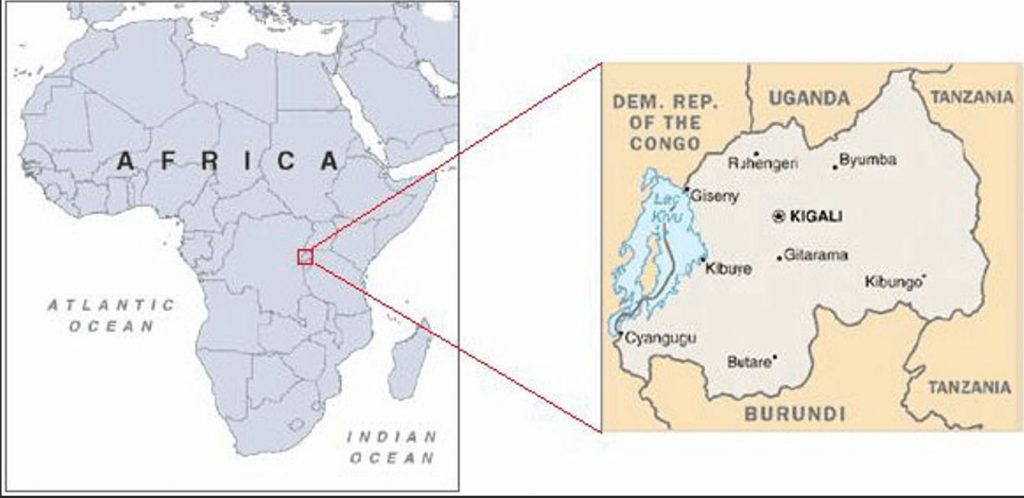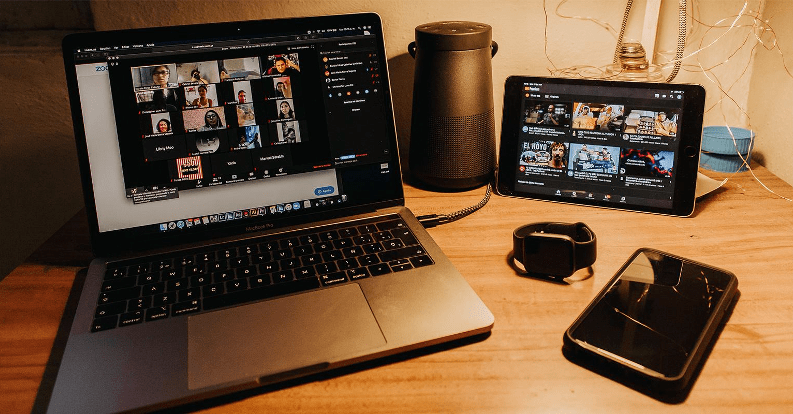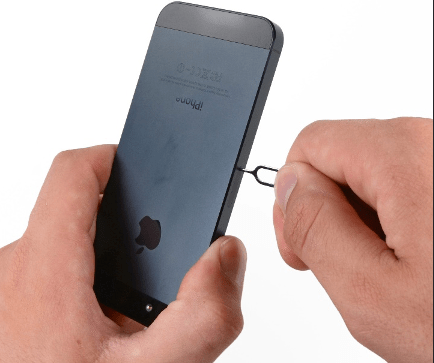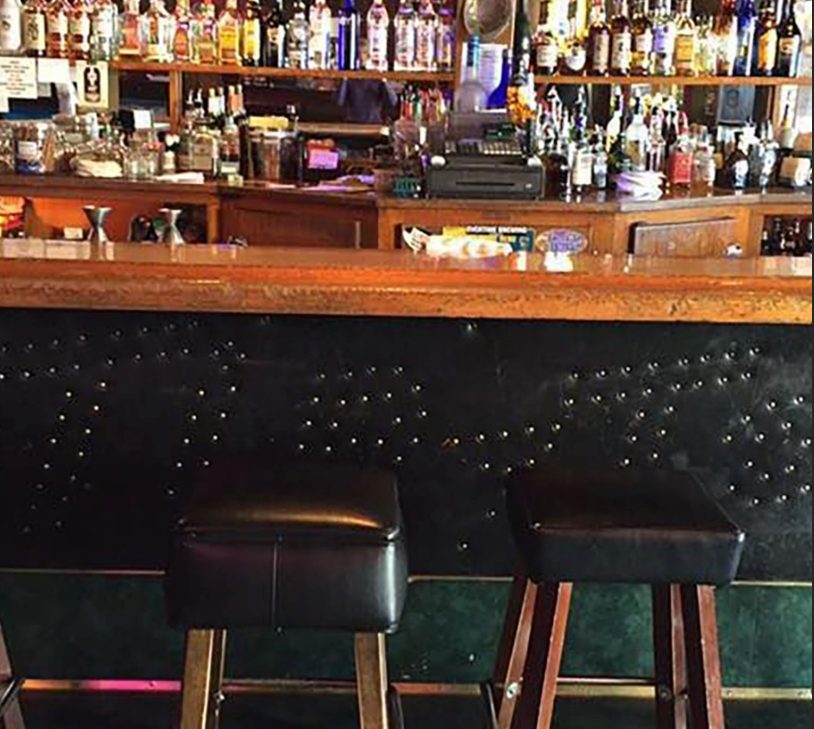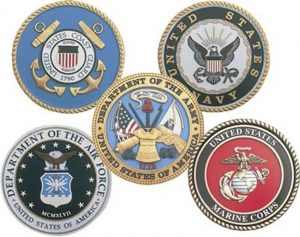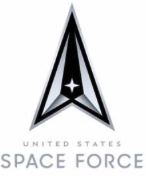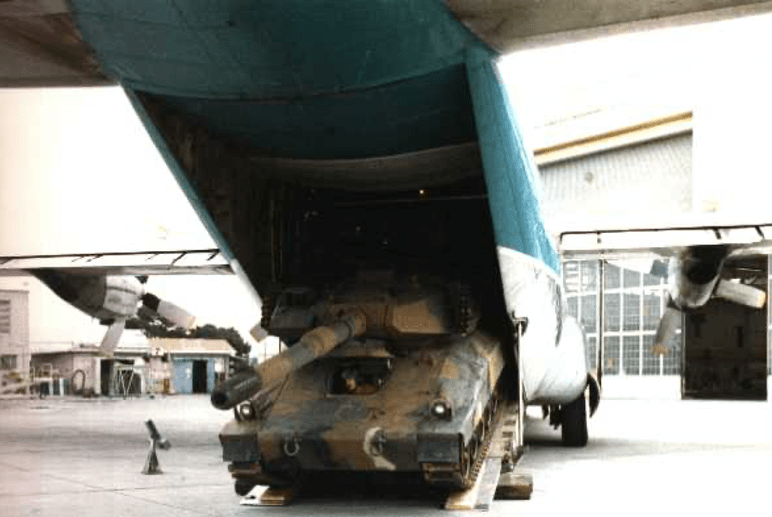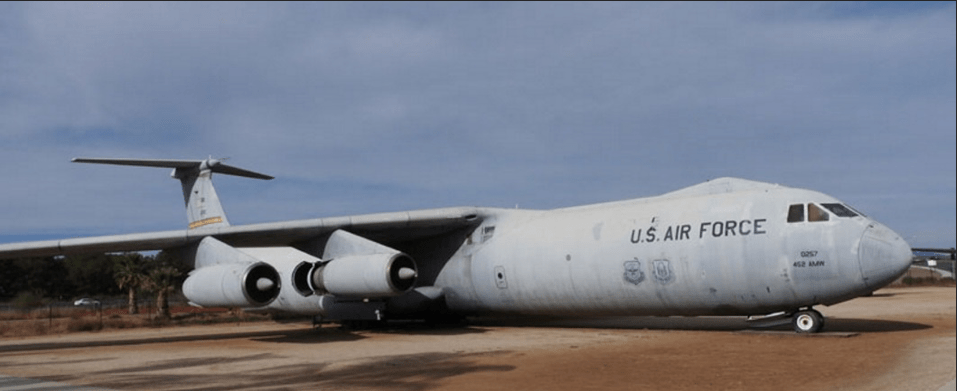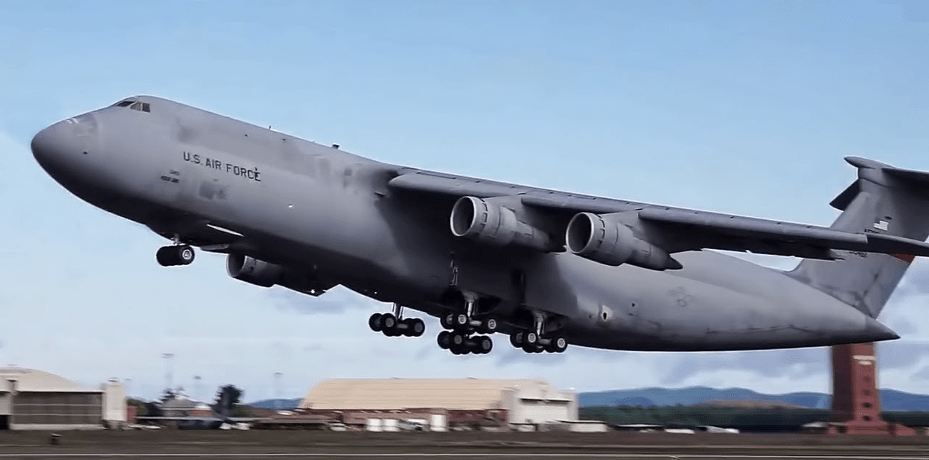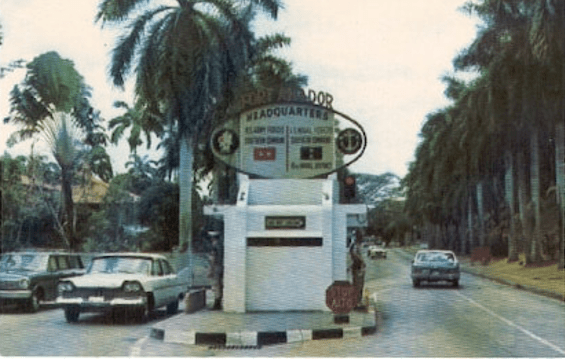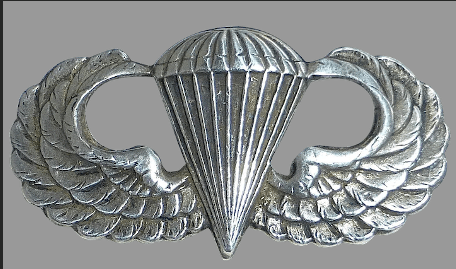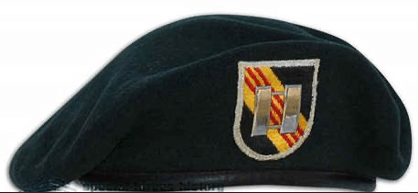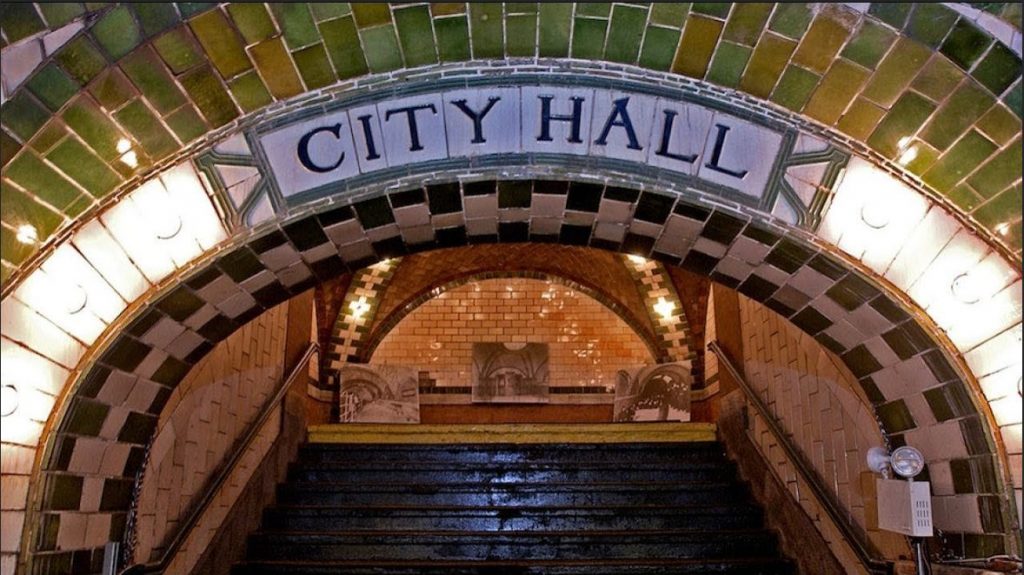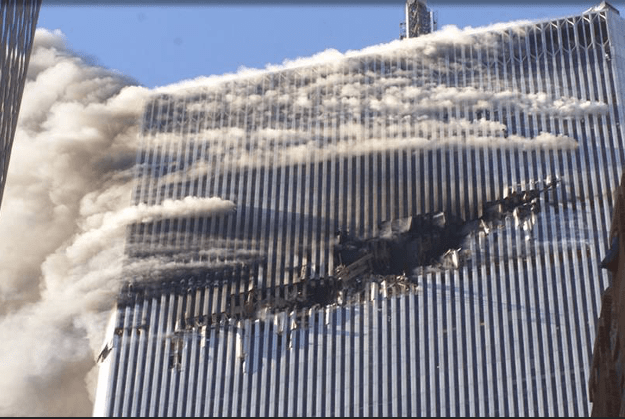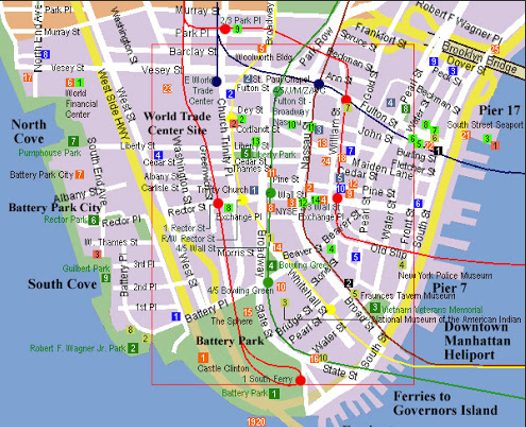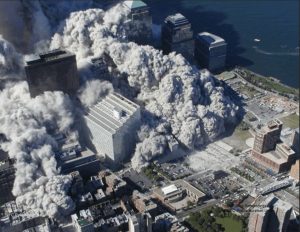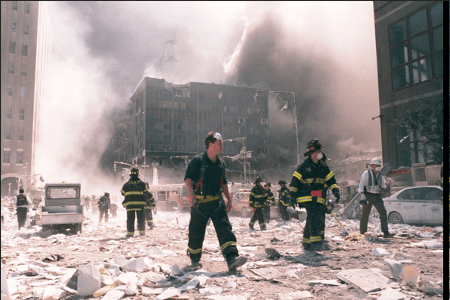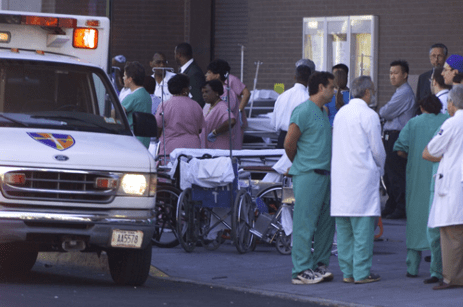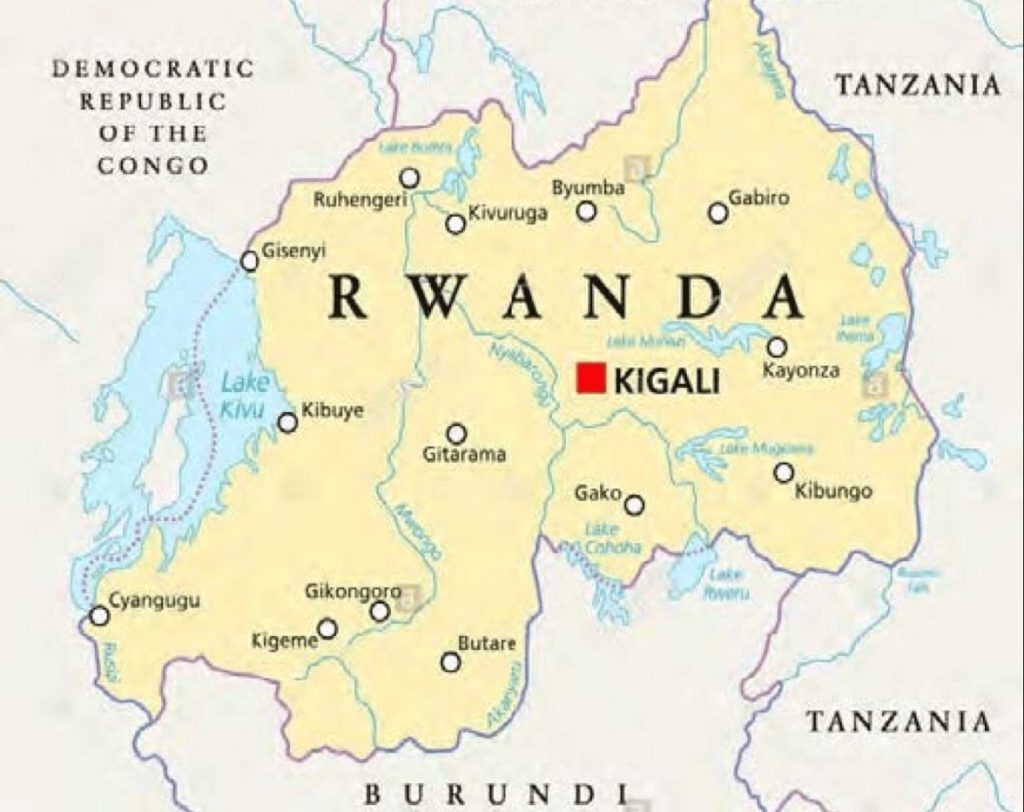
McDonough, DUTY: RWANDA 1994
I had been granted the opportunity to command at brigade level late in my career, something I had aspired to for some time. But it would not be of a standing brigade already on the rolls. Instead, it would be a brigade I would have to build from scratch, gathering people, units, and materiel from parts of a dwindling American Army presence in Europe in the aftermath of the Cold War and the dissolution of the Warsaw Pact and the Soviet Union. It would eventually become the reflagged 173rd Airborne Brigade, a storied outfit whose flag was retired after withdrawal from Vietnam in 1971. But that could not be known at the time (but it was an objective I had in mind from the start). Although the assignment would mean dislocation and separation from my family for a while, I eagerly accepted (with my wife Pat’s support) and took on the duties of command.
Those duties came swiftly, for even as we were forming in northern Italy, the brigade (originally dubbed the “Lion Brigade” since we were near to Venice) was tasked to be the rapid reaction force for much of Eastern Europe and Africa and parts of the Middle East. At that time (late ’93, early ’94) the Balkans were heating up while much of the remainder of our AO (area of operations) remained in turmoil. So even as we built our organization, we had to be ready to move and operate quickly with whatever we had at the moment (and we did have some crack units, like the 3rd/325 Airborne Combat Team, from the get-go). Operationally, the task was to consider where we might have to go and train for a variety of mission-types if so committed. The dilemma was that there were so many diverse likelihoods of place and mission, we could not possibly train for them all. The solution was to contemplate a very difficult one and train for that one, hoping that if any others broke, we could handle them in stride. Ironically, as it turned out, I decided in February of 1994 that Rwanda would be a particularly hard nut to crack, given its remoteness and complexity. So, we conceptualized an evacuation of Americans under duress and trained, rehearsed, and wrote a plan for such a mission.
On April 6th, a scenario in that country unfolded that we had not expected – a horror show that became the worst genocide of the last decades of the 20th Century, one that would see one ethnic group (Hutu) murder another ethnic group (Tutsi) at the rate of 10,000 a day through the spring and summer of 1994. With little clarity of what was happening, I reported up through the chain of command that we were ready to commit if called upon. But the United States was not interested in getting involved, so we continued to build and train for other contingencies (of which there were no shortages).
By July, it was getting harder for the world to deny that a genocide was in progress. But a U. S. reaction was only precipitated by news coverage of the resulting cholera epidemic in nearby Goma, Zaire, one of 20 or so refugee camps of Hutus who had fled Rwanda in the wake of the civil war then raging alongside the genocide. So, we were alerted and, after a few days of uncertainty, committed to Central Africa.
An infantry company and support units were sent into Goma (along with the general commanding the Southern European Task Force, SETAF, Major General Jack Nix, my immediate superior); CNN was in Goma by that time, so much attention was focused there. The airborne battalion (minus) was staged in Entebbe, Uganda as a backup force (under command of LTC Mike Scaparrotti, USMA 1978, later SACEUR — Supreme Allied Commander, Europe as a four-star general), and the Brigade (minus detached elements) itself went into Kigali, Rwanda, staged at its largely destroyed national airport. Overall commander of the effort was the Deputy Commander of the United States Army Europe, LTG Dan Schroeder, also based in Entebbe.
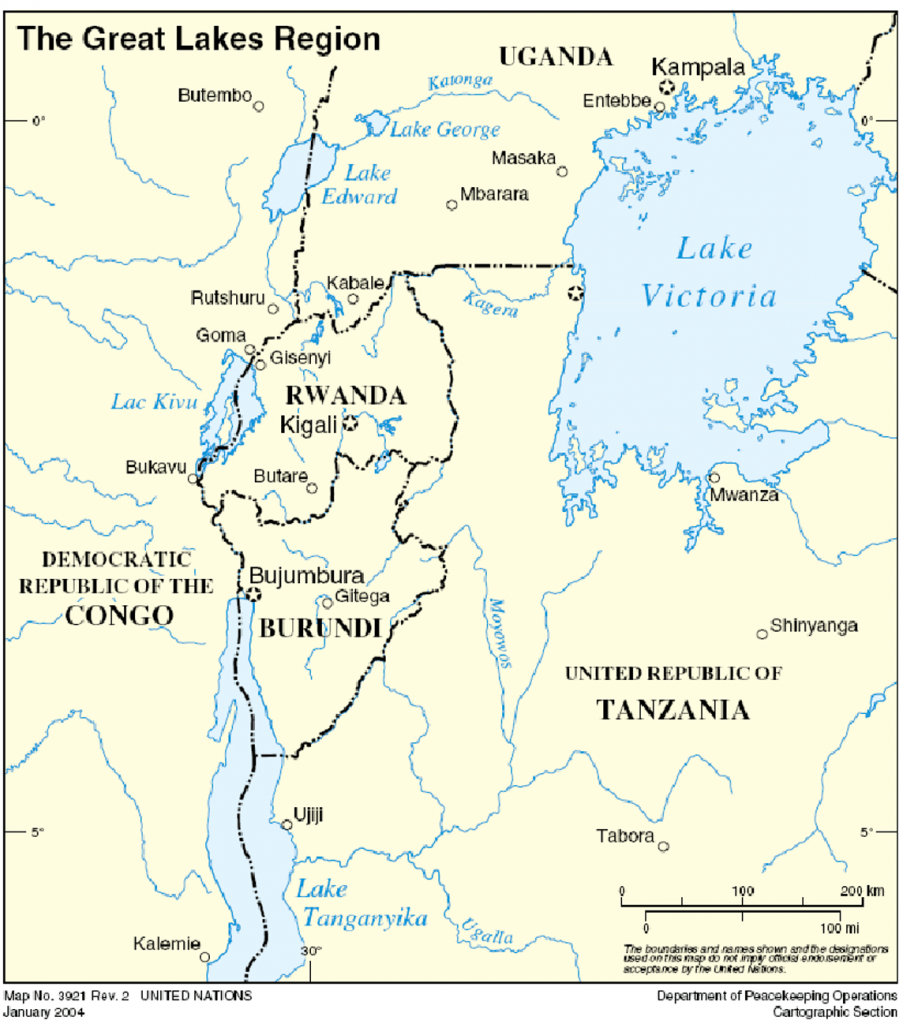
Overall, it was a clean distribution of forces, but even as we boarded the planes in Aviano, Italy, the mission was unclear and the intelligence of conditions on the ground almost non-existent. Somewhere over the Sahara, I received a static-laden call from an unidentified speaker into the cockpit of the C-141 that was trying hard to give me the latest iteration of both, all to no avail. In a final desperate attempt to give guidance, three words came through clearly – “Stop…the…dying.” That was good enough and that became our duty.
The mission was apropos. Dying was everywhere. In Goma alone, five thousand died from cholera within the first day of our arrival, the survivors standing beside the decomposing bodies in Lake Kivu, drinking the cholera-infested waters (a practice we immediately put a stop to as we sought a way to have the dead buried and the water purified). In Kigali and elsewhere in Rwanda, it at first seemed as if nobody was alive, save warring military foes advancing or retreating and a skeletal UN peace-keeping force holed up in its headquarters beside a major killing-field intersection in the city. Indeed, everything seemed dead, to include all livestock and all crops in the field. Everything was in ruin – the electrical grid, the water systems, the abandoned hospitals, communications systems, banking systems, etc. Land mines were ubiquitous. Bodies were everywhere, almost all of them defiled by machete, bludgeon, or fire (the official count was 800,000; I believe it was closer to a million). The rivers were so stuffed with corpses that they created natural dams at bends or other constrictions in the water. It could not have been bleaker.
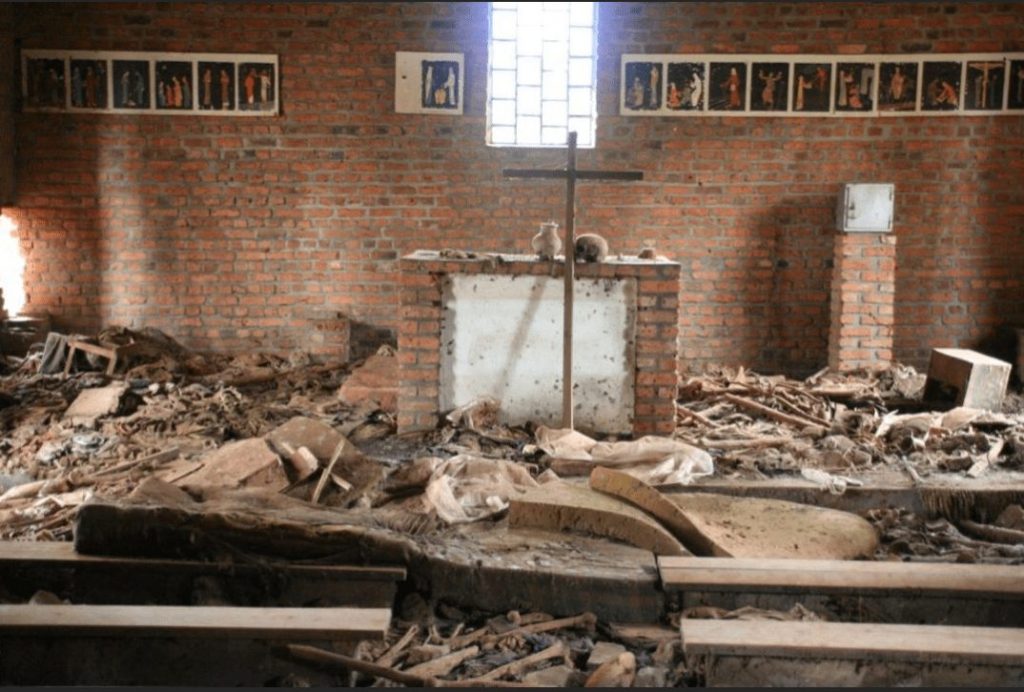
There were survivors and bit by bit they emerged from hiding, some from the marshes, others from the bush (forests), some from cisterns, some from places so vile they beggar description. All had needs, most of them extreme – water, food, medicines, shelter. The mission remained: Stop the dying. How and what to prioritize was itself a priority. Who gets the water we brought in with us? How do we get the airport up and running? What power grid do you restore first? What do we fly in and in what order, or how do we clear roads to let trucks get in? Where do you bury the dead? How do you off-load the large transport planes coming in (soon at a rate of 50+ a day)? What orders do you follow when they conflict with one another (and there was plenty of that, some with escalated risk if obeyed or not obeyed)? As you find survivors and put them to work, what wages do you pay them (we had suitcases of money for that, essentially creating an economy)? How do you protect your troops? How do you hold the airport if attacked? Where do you apply your medical detachments yet keep them safe from attack and from disease (over 50 % of those we treated had HIV infection)? What side in the civil war do you support (eventually it was the Tutsi dominant Rwandan Patriotic Front)? How do we protect VIPs as they arrive once they believe it is safe to do so? Who do you work with and how – UN officials/peacekeeping units, non-government organizations (NGOs), orphans (about 700,000 Tutsi children were orphaned), other militaries (French, Belgian, Australian, many others), returning ambassadors and their staffs, the press, religious leaders (some who may have been complacent in the genocide) and so on?
Such is the nature of duty. The definition is easy, the fulfillment of it complex. In Rwanda and the surrounding areas, we did the best we could and with the support of many others believe we collectively made a significant impact for the better. We didn’t ‘stop the dying’, but we did slow it and gradually improved upon that and then even more.
So many years ago, as a cadet at West Point, I had envisioned duty as clear and straight-forward. Some higher authority would tell me what I was to do, and I would do it. By the time I served in Vietnam soon after graduation, I came to understand it was more complex than that. By the time I served in Rwanda, I began to understand more fully the disparate pulls as one tries to see what duty demands of you. I had entered this part of my military career with the expectation that when committed to operations, tactics would dictate the courses of action to undertake as I looked to fulfill missions while taking care of soldiers. Some of that would lie ahead, but in this instance the full weight of doing one’s duty came to light. Perhaps that is why it stands first in order of those three key words, ‘Duty, Honor, Country.”
